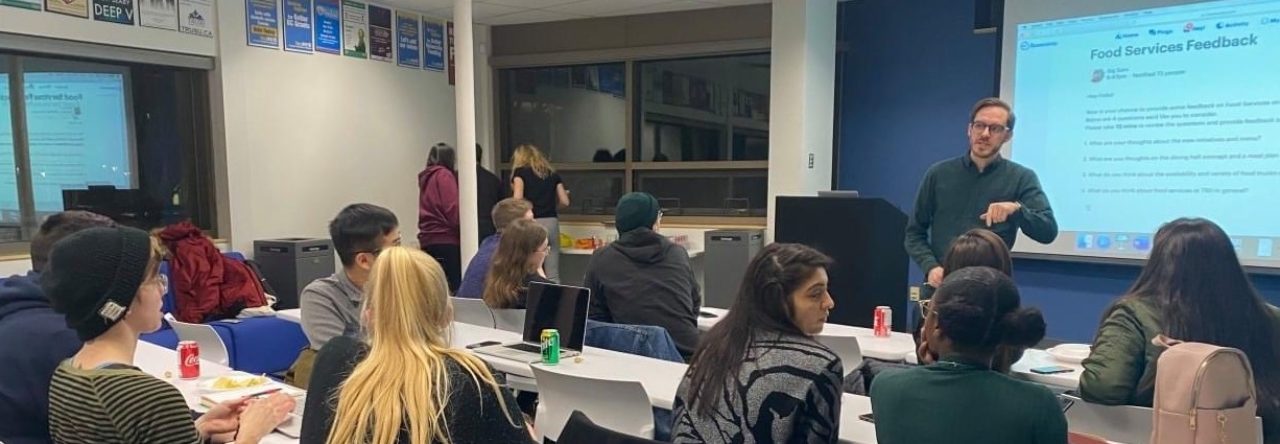My professional life has been defined by the role of education in society. For over a decade, I have worked to realize the promise of education to strengthen communities through its fundamental role in productivity, health, equity, and – especially – civic engagement as well as its capacity to address our greatest collective challenges and ambitions. In short, I believe that education is transformative in the character of a society and instrumental in determining its path. As an advocate, I have increasingly supported students in this work. In doing so, I became an educator. Now, I have embraced this fully in becoming a teacher of English as a second language, and have come to appreciate the role of learning for my students. I believe that learning for a student, like education for a society, has two critical and related roles: to advance them on their chosen path and to transform who they are in the process.
What the educator does in teaching is to make it possible for the students to become themselves … We make the road by walking.
Paulo Freire
To support these roles as an educator, I recognize that the path and transformation of learning is unique to the individual. Each student has a starting point and a destination in mind and each has a lived experience and way of being. A student learns by encountering new concepts and tasks from where they are, what they know, what they are capable of, and with a motivation to get to a new position in life, new understanding, and new skill. To be successful, learning must be a meaningful connection between these points. To be effective, I need to meet the student on this path. As students travel their path, they will encounter the unfamiliar and unexpected and in negotiating new understanding and attempting new skills they will be vulnerable. They will leave old ways of doing, thinking, and being behind – on a path they can never retrace. To be successful, learning must inspire confidence and purpose. To be effective, I need to have the student’s trust that they will be supported in each step and that we will decide where to go together.
As a teacher, I see myself as a guide. I need to be both intimately familiar with the terrain that my students will pass through on their journey – English – and expert in the skills of navigation – pedagogy. Completing the Teaching English as a Second Language Certificate is the beginning of my commitment to developing these capacities, and I have begun to explore further on my own. For example, in addition to enhancing my understanding of grammar and lesson planning in my courses, I have investigated phonetic theories and implemented pronunciation instruction and practice in my practicum. The more I explore, the better prepared I am to guide others.
As a guide, however, it is not my role to determine why and where my students travel. Rather, my goal is that my students feel empowered in both the learning process and results. When I start a class, my first task is to develop an understanding of my students’ goals and abilities, and to establish an authentic relationship. In my practicum, I dedicated my first lesson to introductions and expectations so I could understand their path and they could feel comfortable travelling with me. From this point, I see course and lesson planning as identifying opportunities to connect the students’ experience with their objectives and then building a path between them. I walk that path first in lesson planning then return in class to walk it with the students. I strive to be both prepared with all the necessary tools and resources and willing to walk the path in their way as students explore new options and face unexpected obstacles. For example, I prefer to organize activities with an element of student construction such that I provide the framework and allow them to fill it in with their meaning. In this way, learning is a partnership that requires distinct roles – theirs to set the course and mine to show the way. I know I am a good partner when my students participate eagerly because they see their own purpose in my direction and confidently because they see my competence and care.
As I continue my practice as a teacher, I will build my skills and knowledge to be expertly prepared for many journeys, and – most importantly – I will expand my capacity to know my students, their abilities, their challenges, and their motivations in authentic ways so that I can meet them fully at their trailhead and walk with them purposefully.

